Native name 松下 幸之助 Role Industrialist Children Sachiko Matsushita | Name Konosuke Matsushita Books Michi wo hiraku | |
Occupation Businessman and industrialist Spouse Mumeno Matsushita (m. 1915–1989) Parents Masakusu Matsushita, Tokue Matsushita Similar People Soichiro Honda, Kazuo Inamori, Daisaku Ikeda, Shuntaro Tanikawa, Peter Blair Henry | ||
The Dreams of Konosuke Matsushita
Kōnosuke Matsushita (松下 幸之助, Matsushita Kōnosuke, 27 November 1894 – 27 April 1989) was a Japanese industrialist who founded Panasonic, the largest Japanese consumer electronics company. To many Japanese, he is known as "the god of management". A biography of Matsushita's life called Matsushita Leadership was written by American business management specialist John Kotter in 1998.
Contents
- The Dreams of Konosuke Matsushita
- cobertura museo konosuke matsushita de panasonic
- Childhood
- Teenage years
- Matsushita Electric Industrial Company
- Expansion
- Matsushita and the post war period
- Death
- Awards and honours
- References
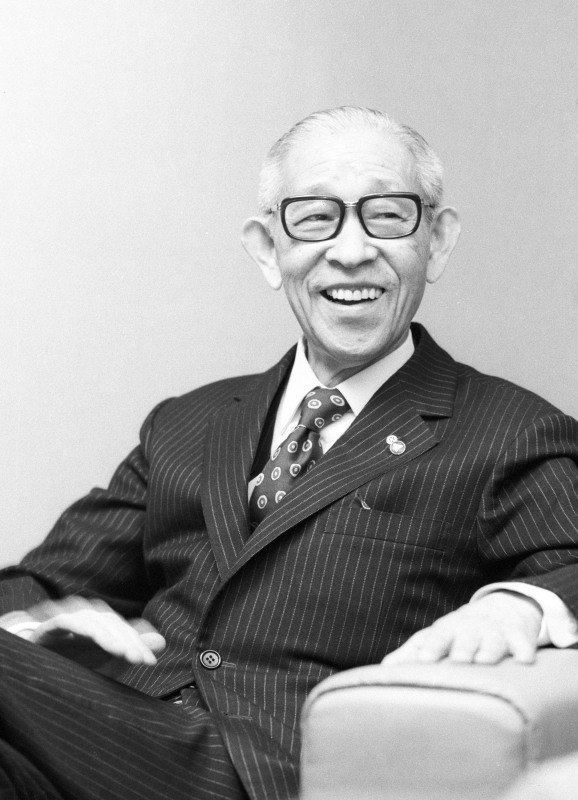
cobertura museo konosuke matsushita de panasonic
Childhood

Kōnosuke Matsushita was born on 27 November 1894 in Wakayama Prefecture. His father was an affluent landlord in the farming village of Wasa which is a part of Wakayama today. Matsushita was born into a well-to-do family but the family became impoverished because his father made some bad investment decisions, primarily in rice speculation. In 1899, the family's entire fortune was gone and anything of value was sold off. The family was forced to move to a cramped three bedroom city apartment where conditions were less than sanitary.
Teenage years
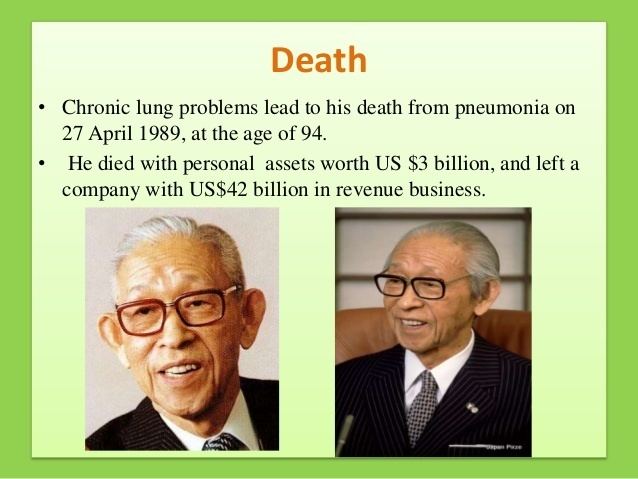
Shortly after Matsushita left school, he was sent away to Osaka to become an apprentice for a hibachi store. Not even a year into his apprenticeship, the hibachi shop failed and Matsushita was left looking for another source of income. Matsushita applied for a job with the Osaka Electric Light Company, an electrical utility company. Over the next couple of years, Matsushita's position rose within the company as he was promoted several times. During this time, Matsushita was introduced to one of his sister's friends and shortly thereafter, he married Mumeno Iue. Matsushita was now responsible for a family and this newfound burden was not lost on him.

At the age of 22, he was promoted to the position of an electrical inspector. During this time frame that Matsushita attempted to introduce his boss to an invention of a new and improved light socket that he had perfected in his spare time. However, his boss was less than enthusiastic.
Matsushita Electric Industrial Company

In 1917, Matsushita left Osaka Electric Light Company to set up his own company. Without capital, a formal education, or experience in manufacturing, it would appear the company would fail before it even began. He set up his shop in the basement of his tenement. With his wife, his brother-in-law and several assistants, he began creating several samples of his product. He attempted to peddle the samples to wholesalers but was unsuccessful because he did not offer more than one product.

Matsushita's assistants left his company and he was left with only his wife and brother-in-law, Toshio Iue, who proved to be a capable salesman and manager. Matsushita would have eventually become bankrupt but he was "saved by an unexpected order for a thousand insulator plates for electric fans." From there, Matsushita was able to continue producing his light sockets. They became popular as wholesalers realized the product was better in quality and less expensive than comparable products in the market. The early years of the company were difficult: He once had to pawn his wife's kimono when he found himself short on money.

Matsushita's products were originally marketed under the name brand of "National" and later moved on to the more recognizable names of Panasonic, Quasar and Technics.

One of Matsushita's best products was his invention of a more efficient battery-powered bicycle lamp. During the 1920s, bicycle lamps were candles or oil-burning lamps. They were highly inefficient as they usually only lasted for three hours. He created an oval lamp that used a battery for power and a lightbulb for illumination. He had to personally market his products to retail bicycle shops.
Expansion
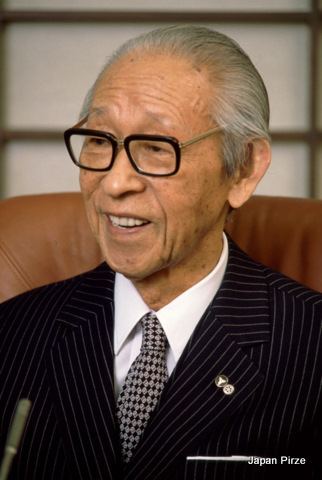
Matsushita learned a very important lesson in terms of growing a company while he was trying to introduce his bicycle lamp to wholesalers. He realized that even if he had a product that was superior to anything out in the market it would not matter if he could not sell the product. As a result, Matsushita began devising ways to create sales channels for his products by concentrating less on manufacturing and more on building a sales force, which led to a retail store network and finally placed Matsushita's company on the map in Japan's electrical manufacturing and retail industry.
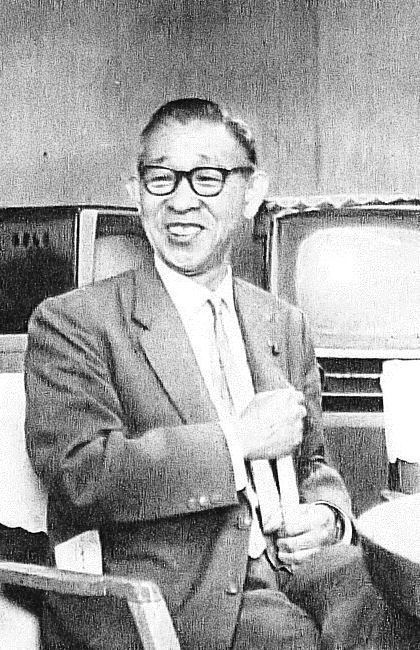
In 1929, he began setting up a new structure for his company. The company was structured as a parent company and branches of divisions that specialized in a particular product were created. There were three specific products that were being created in Matsushita's company at this time: the bicycle lamp and battery division, the electrical socket division, and the radio division. For each of these products, a national sales department was formed with regional offices established in strategic locations. These regional offices were responsible for the coordination of sales and manufacturing. Products were manufactured based upon the demand for the products. As a result, manufacturing was dependent on sales.
Matsushita and the post-war period
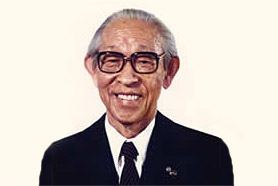
During the US occupation of Japan after WWII, General Douglas MacArthur decided to break up the zaibatsu, or business conglomerates of Japan. Matsushita was in danger of removal as president, but was saved by a favorable petition signed by 15,000 employees. In 1947, Kōnosuke lent his brother-in-law Toshio an unutilized manufacturing plant to manufacture bicycle lamps, which eventually became Sanyo Electric.

From 1950 to 1973, Matsushita's company became one of the world’s largest manufacturers of electrical goods, sold under well-known trademarks including Panasonic and Technics. Matsushita stepped down as President of Panasonic in 1961 and was succeeded as president by his son-in-law, Masaharu Matsushita.
However, he remained active in Panasonic's operations until his complete retirement in 1973. Since 1954, Matsushita also gained a significant shareholding in manufacturer JVC by forming an alliance. It still retains a 50% share today. In retirement, Matsushita focused on developing and explaining his social and commercial philosophies, and wrote 44 published books. One of his books, entitled “Developing A Road To Peace And Happiness Through Prosperity”, sold over four million copies. In 1979, at the age of 84, he founded the Matsushita School of Government and Management to train the future politicians and businessmen of Japan.
In 1987, he was awarded the Grand Cordon of the Order of the Paulownia Flowers.
Death
Chronic lung problems led to his death from pneumonia on 27 April 1989, at the age of 94. He died with personal assets worth US $3 billion, and left a company with US$42 billion in revenue business.
